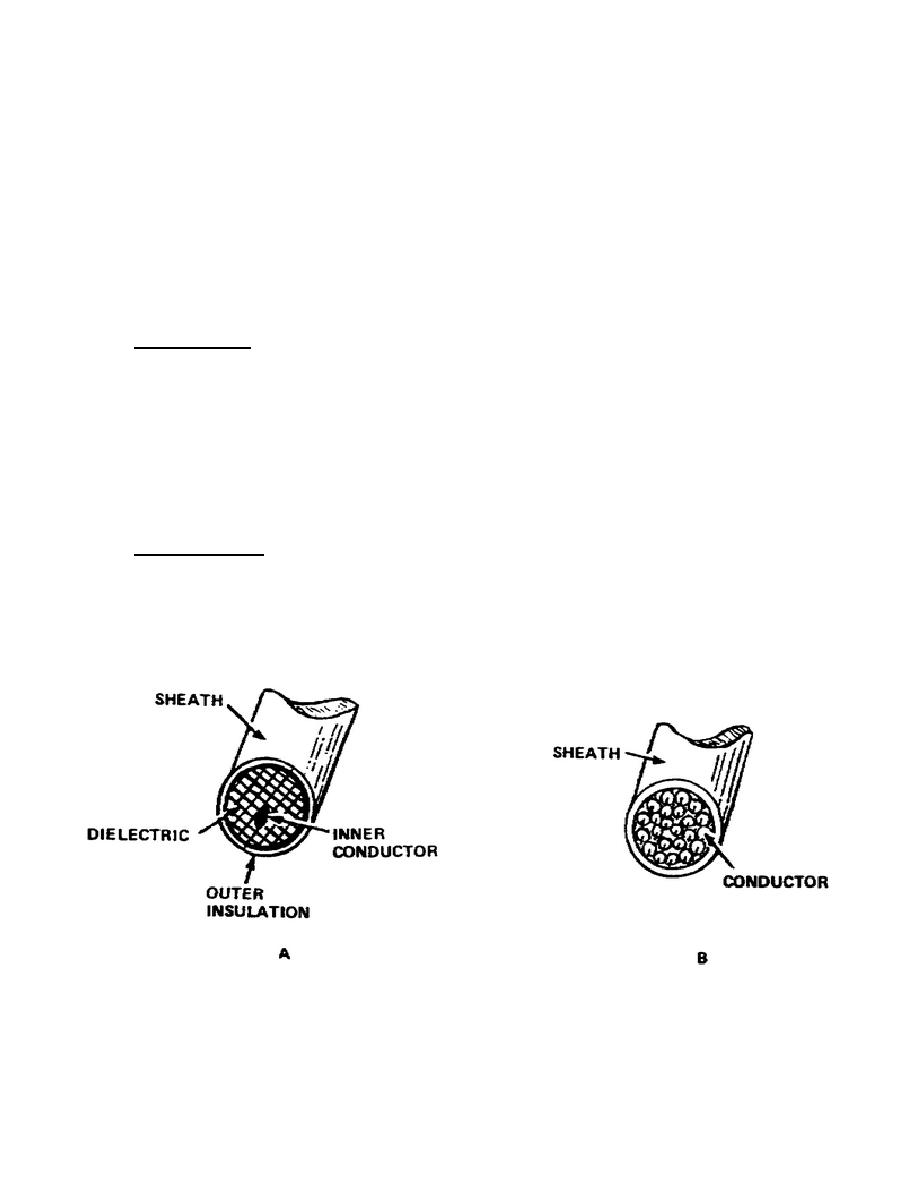
a. Even though impedance matching is basically a minor problem nowadays, there are some
speaker systems with an other ratings, like 4 ohms. Low impedance-rated speakers may afford you
some trouble when you hook them up with the average 8 ohm speakers.
b. Normally, two sets of speakers are connected in parallel. The pair of 8 ohm speakers
connected in parallel presents a 4-ohm load to the amplifier. An 8-ohm speaker and a 4-ohm speaker
present the amplifier with 3 ohm average impedance.
CAUTION: The output stage of a transistorized amplifier can burn out if
presented with a too low of an impedance load.
3.
Damping factor. Damping factor is the ratio of its own internal impedance to the impedance
present to the amplifier by an external load. The damping factor will increase as the load impedance
increases compared with the internal impedance. Transistorized amplifiers possess fairly high damping
factors. This is useful because it helps to damp excessive speaker oscillation which gives you a much
better response to transient signals and a cleaner sound.
Learning Event 3:
DESCRIBE AND IDENTIFY THE TYPES OF CABLES AND CORDS
USED
IN
RADIO/TELEVISION STUDIOS AND USES OF BASIC MEASURING EQUIPMENT
1.
Cables and Cords. A cable is any group of electrical conductors bound together. A cable may
consist of only two conductors, such as the coaxial cable familiar to RF design; or it may be made up of
several individual conductors protected with its own layer of insulation (fig 5-7). Cables are widely
used in electronic and communications systems. As an example, many telephone networks are
completed with the use of cables, and in faraway areas, cable is the only means of television reception
with the exception of satellite transmission.
Figure 5-7. Two kinds of cable. At A, a coaxial cable with two concentric conductors. At B, a multi-
conductor, unshielded cable
52


 Previous Page
Previous Page
